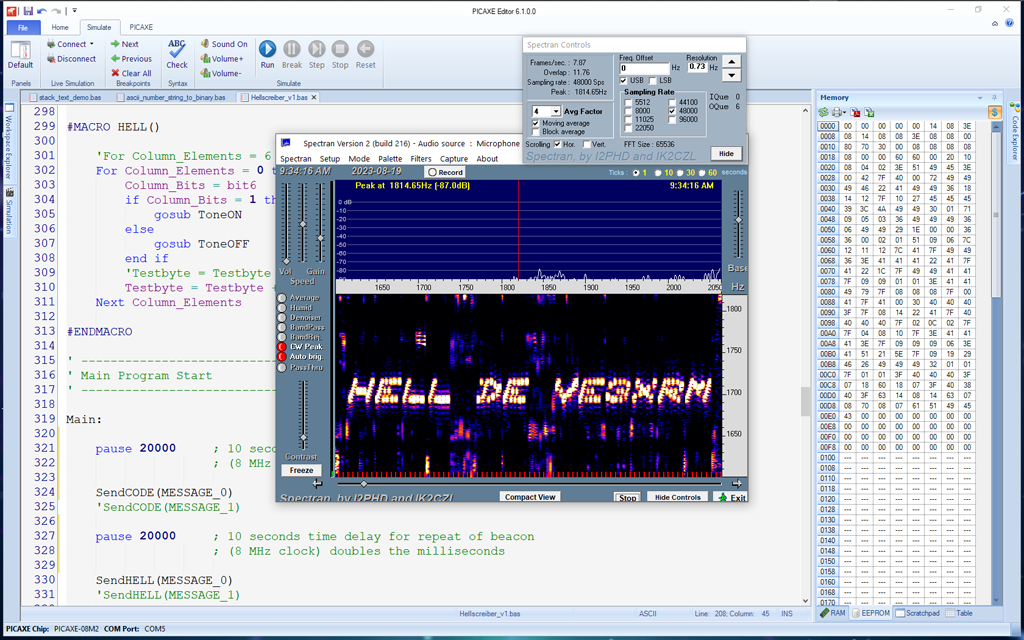
PICAXE-08M2 Sequential Multi-Tone(SMT) QRS Hellschreiber and Morse Code ID Generator
This is an experimental project to demonstrate the Hellschreiber signal transmission. NOTE: A work in progress and more to be posted soon...
Saturday . 18 January 202540 Metre 56:1 Auto-transformer
This is an auto-transformer for my 40 Metre Multiband End-Fed Half Wave (EFHW) antenna.
Tuesday . 31 October 2023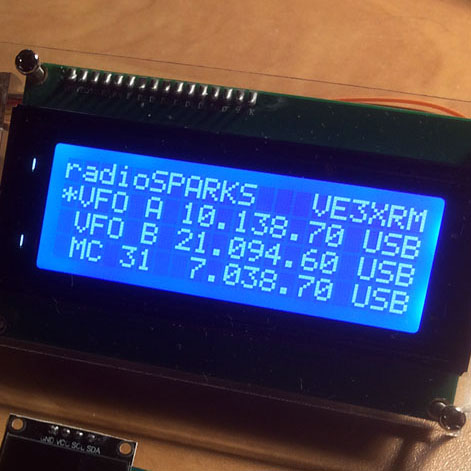
LCD Demo Program
This is a DEMO of a PICAXE 08M2 using a PCF8574 I2C 8-Bit I/O Port Expander driving a standard 20x4 Blue LCD display.
Monday . 21 June 2023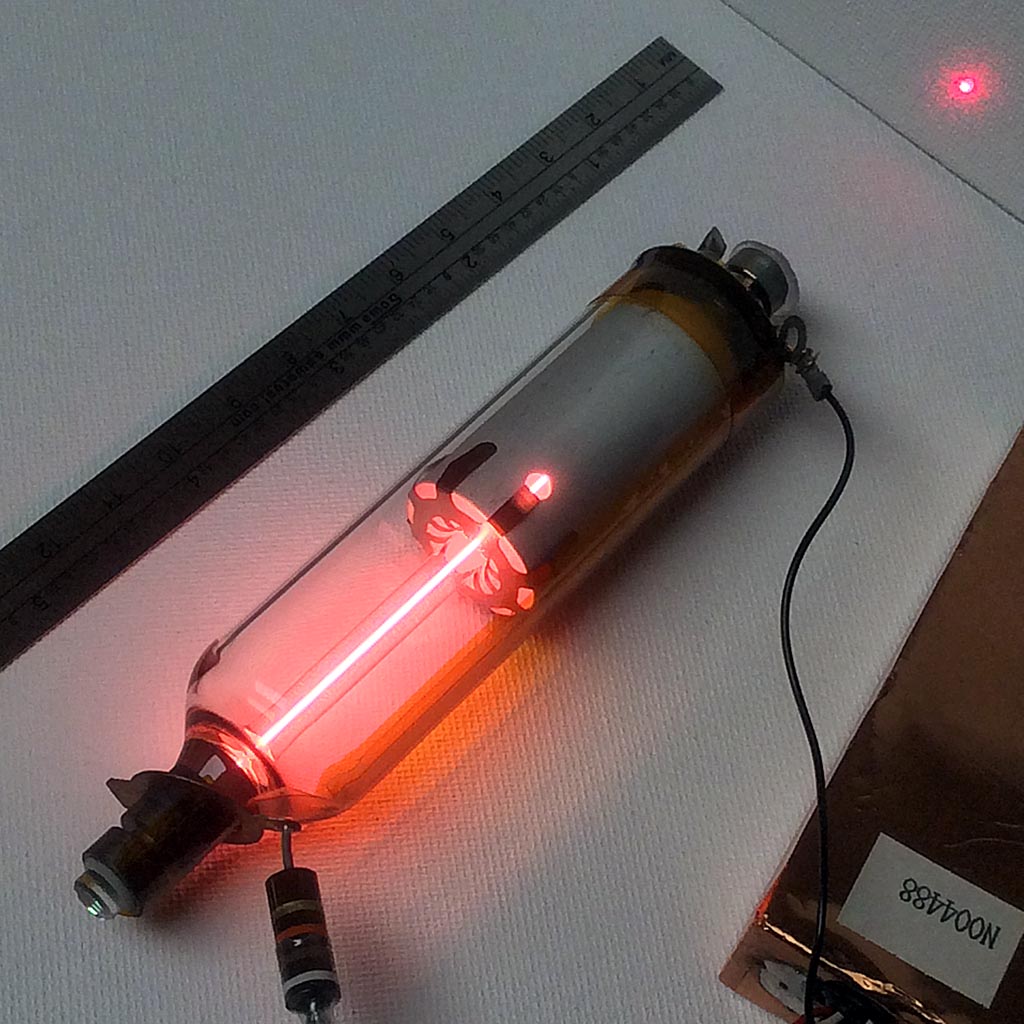
Do you like LASERS?
This is my experiments with a Helium-Neon LASER Power Supply for use with a Melles Griot 1mW gas LASER tube.
Amateur Radio Station
Current setup as of 20231118 of my radio station VE3XRM.
Credit goes to radioSPARKS.com website for all the images.
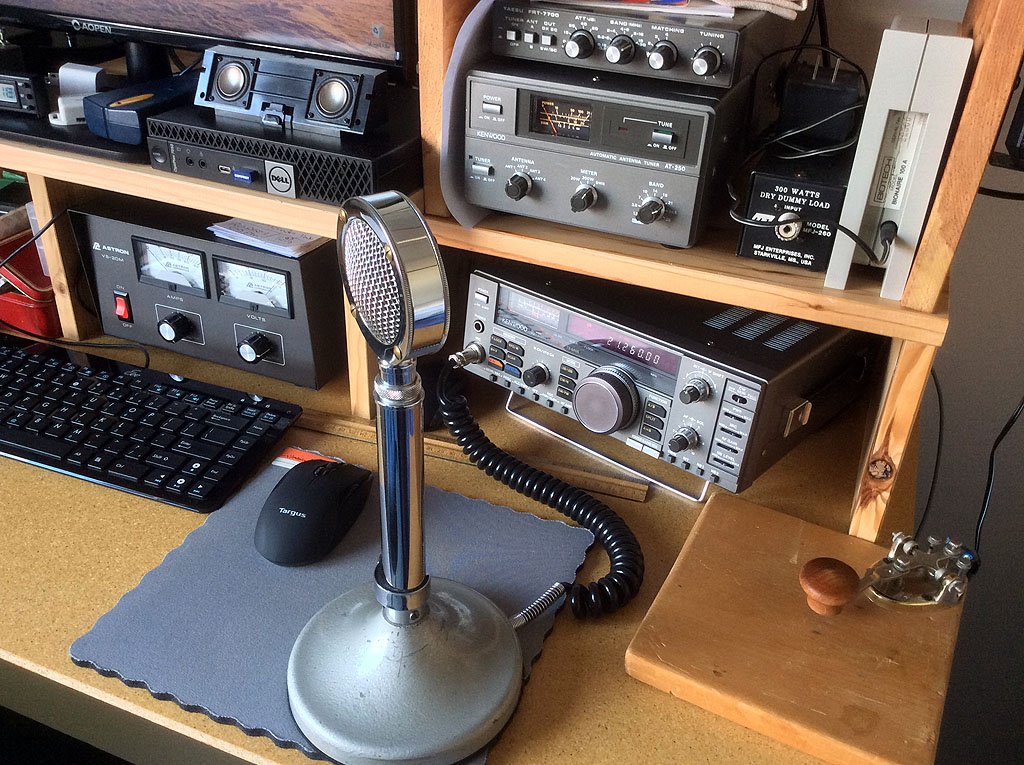 Kenwood TS-680S / AT-250 Automatic Antenna Tuner (1994)
Kenwood TS-680S / AT-250 Automatic Antenna Tuner (1994)
Linear Power Supply Astron VS-20M. The D-104 microphone from my CB days. And a vintage brass straight key limits my speed to 10 WPM, is about what I can copy.
Only in 2023, did I create a Facebook page.
Project Gallery
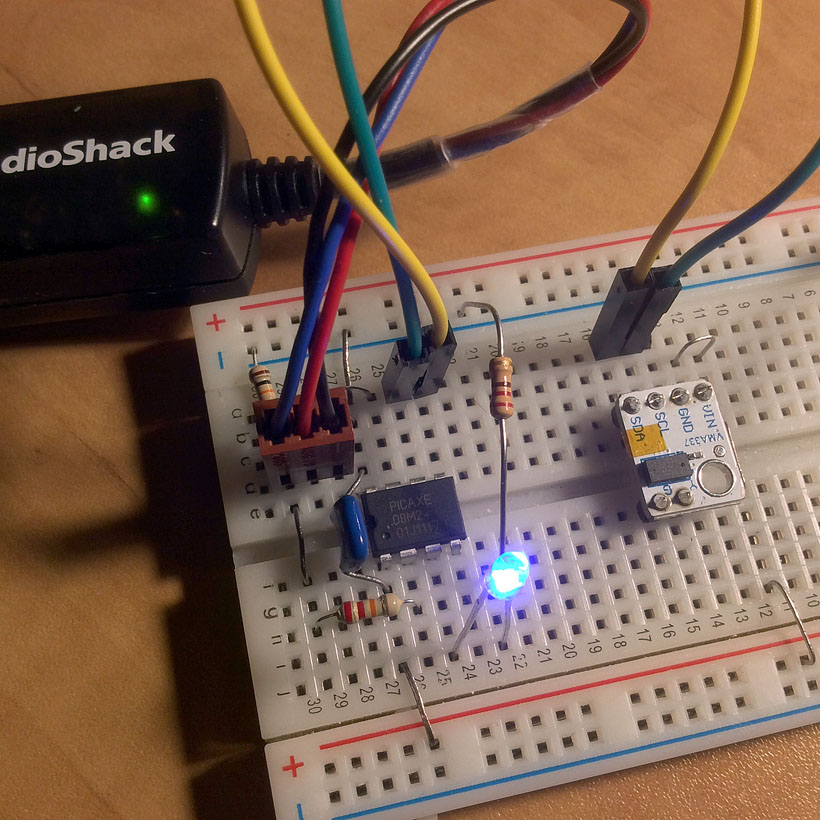
Figure: 22
Time-Of-Flight VL53L0X PICAXE
View more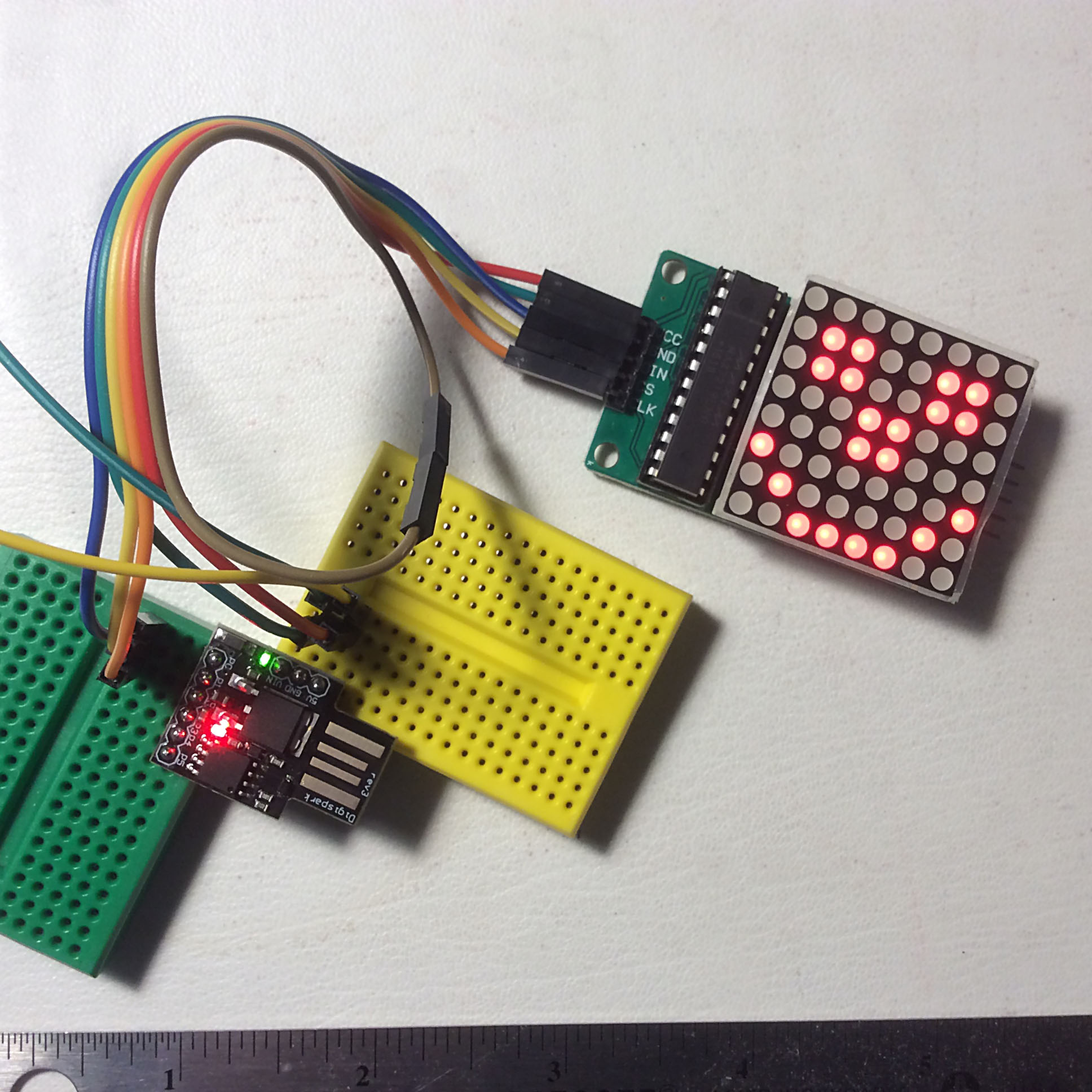
Figure: 23
MAX7219 8x8 LED Matrix ATtiny85
View more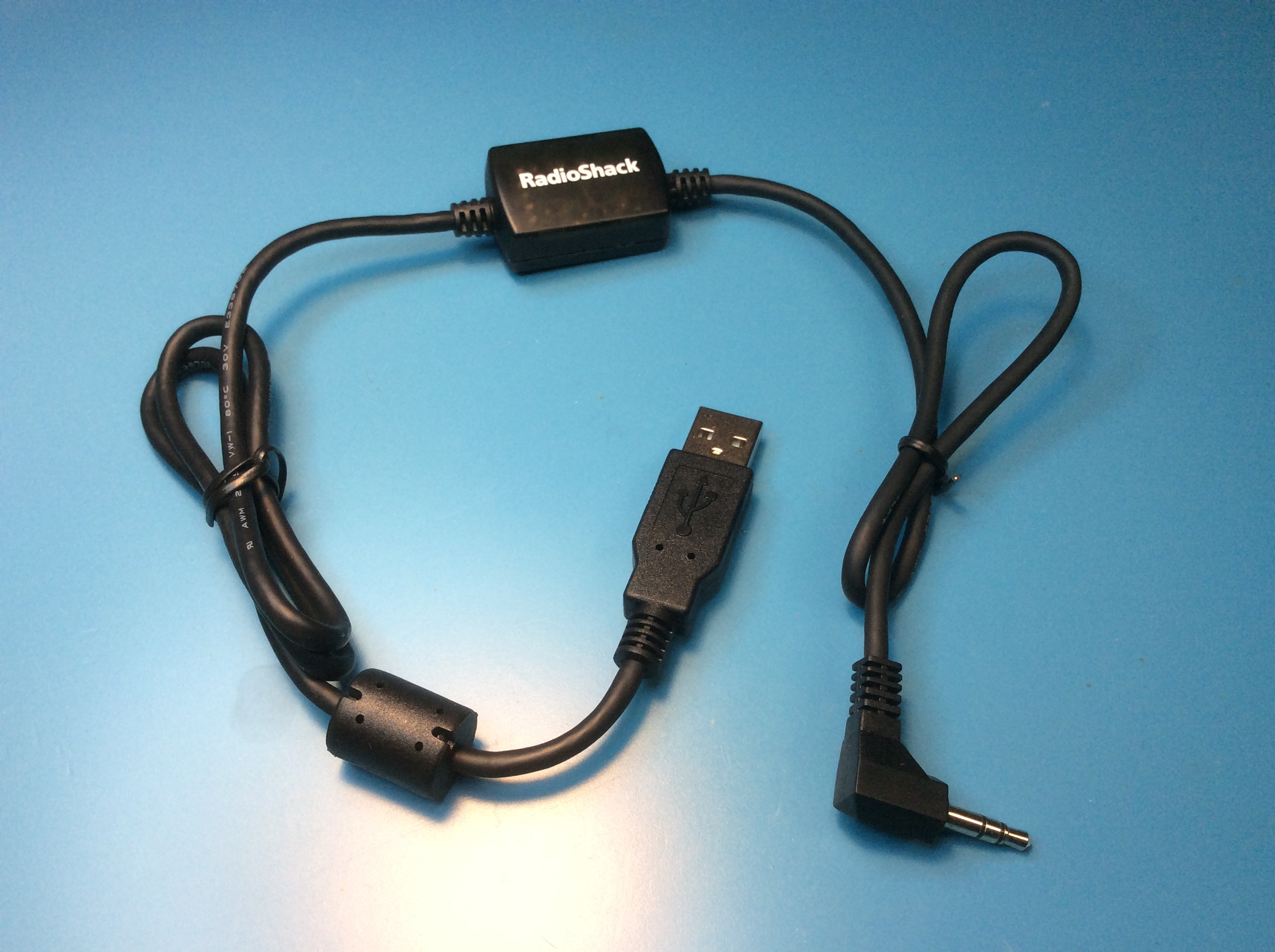
Figure: 24
PICAXE Programming Cable (FTDI USB)
View more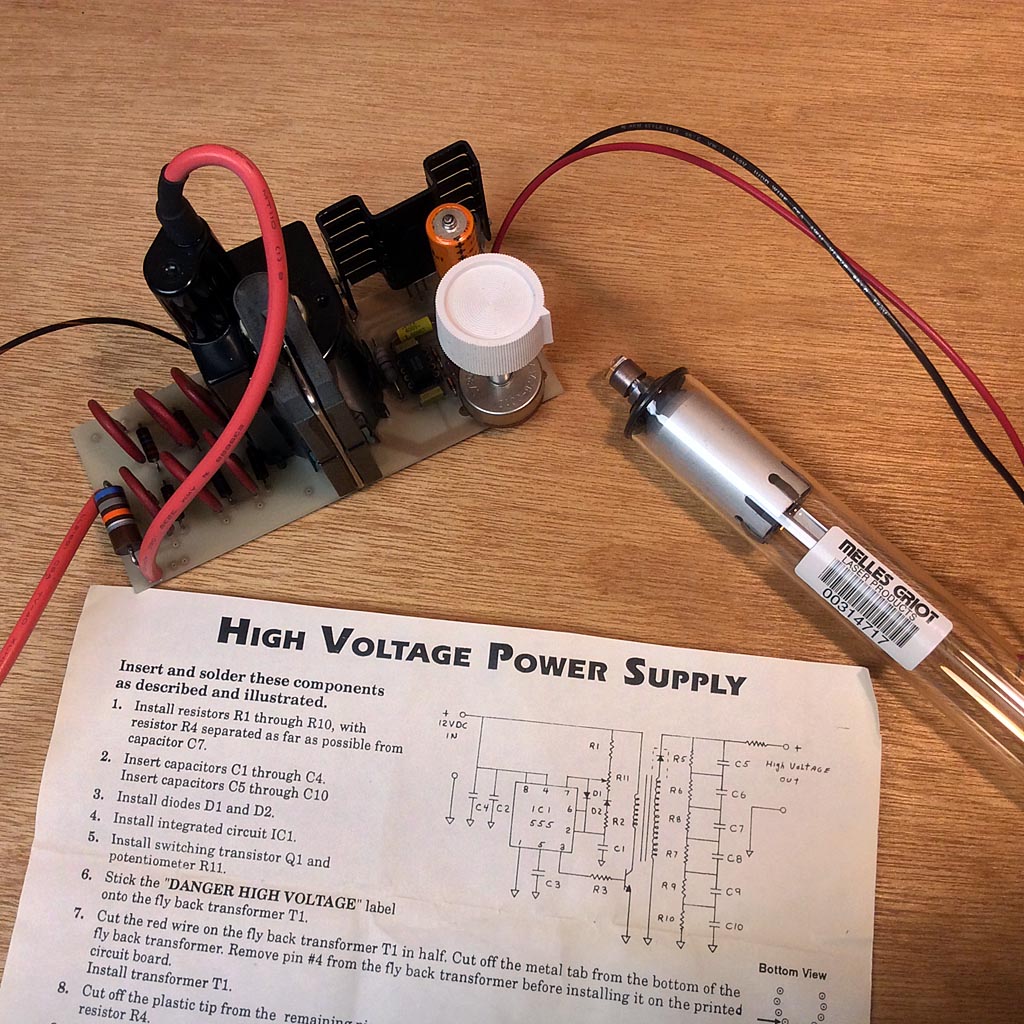
Figure: 25
Helium-Neon Laser Power Supply
View more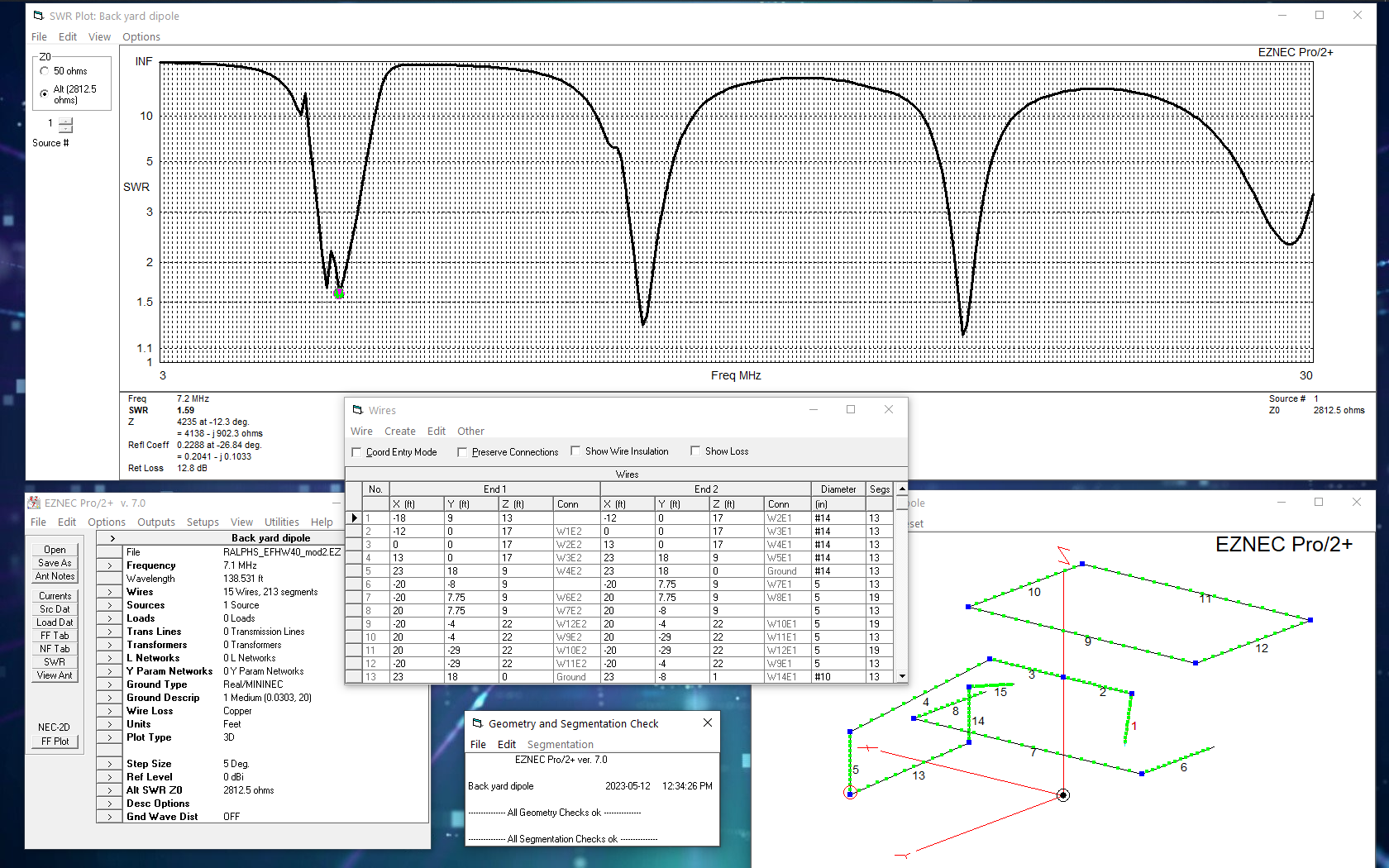
Figure: 26
Multiband End Fed Half Wave EFHW Antenna
View more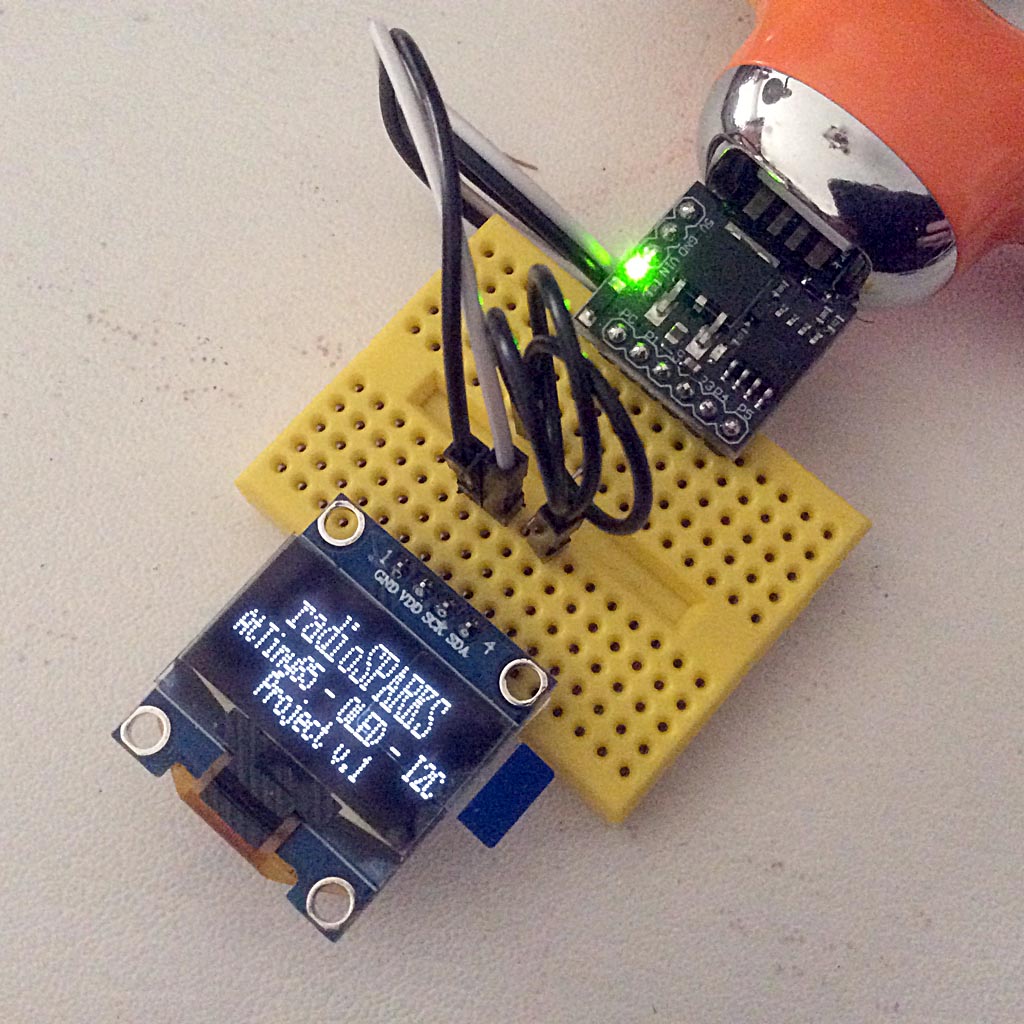
Figure: 27
ATtiny85 running OLED Display Demo
View more
Figure: 29
PICAXE 08M2 via I2C PCF8574 8-Bit I/O Port Expander driving a 20x4 LCD
View more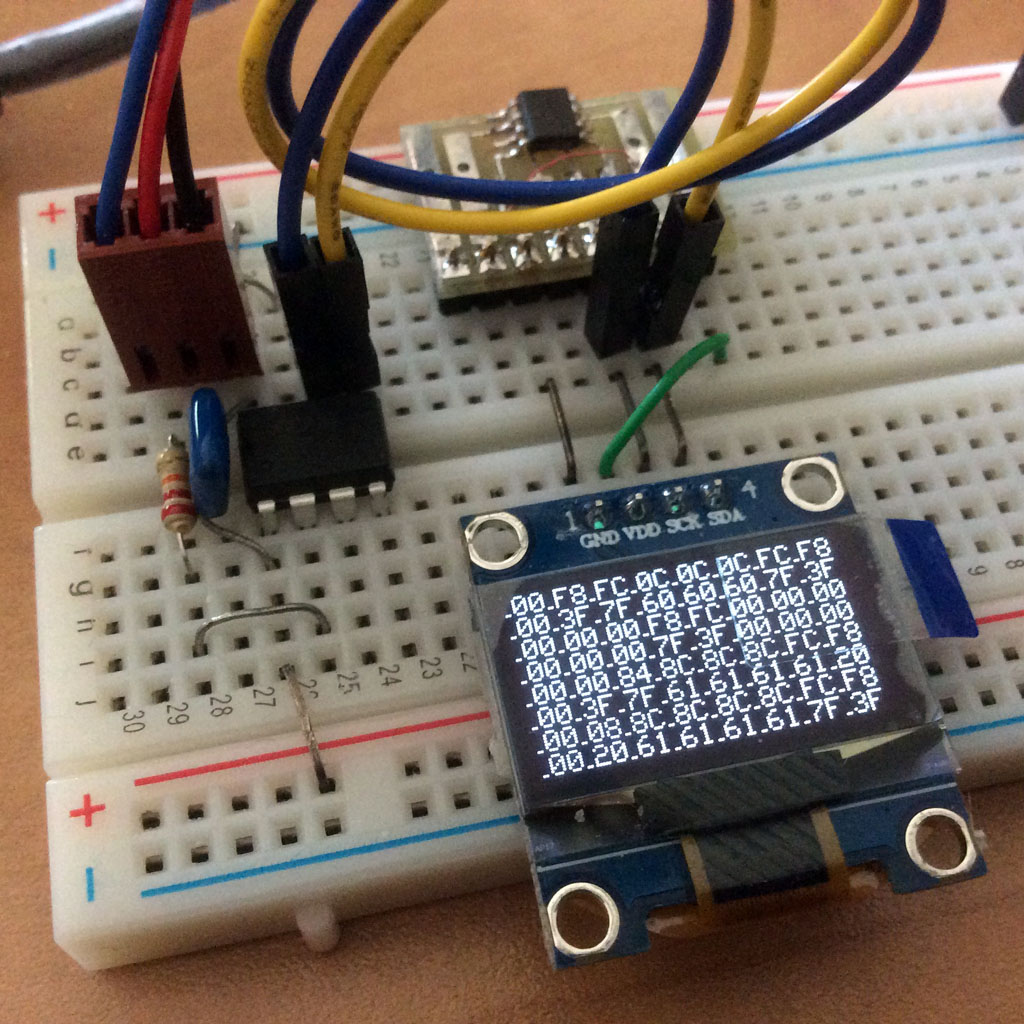
Figure: 30
PICAXE 08M2 using a 24LC16B EEPROM
View more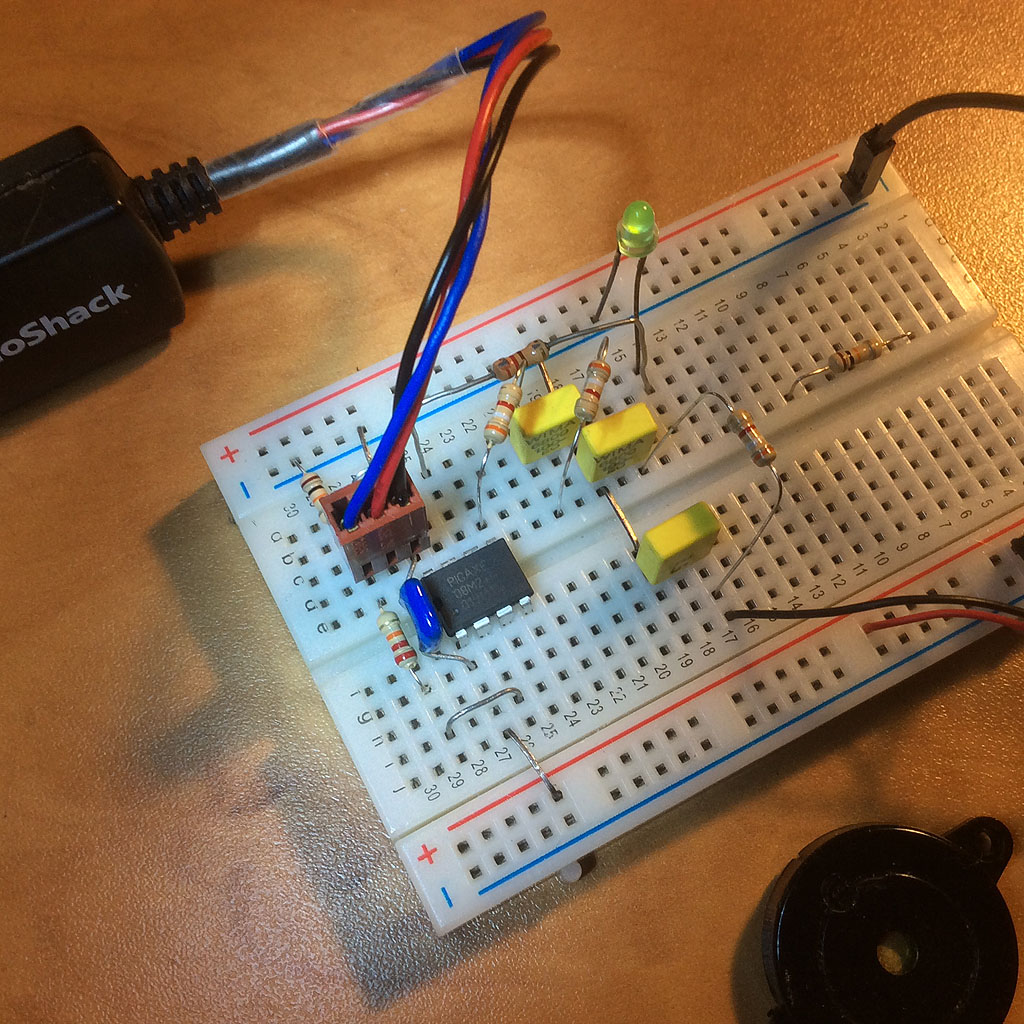
Figure: 31
PICAXE-08M2 Simplified Morse Code ID/Beacon Generator
View more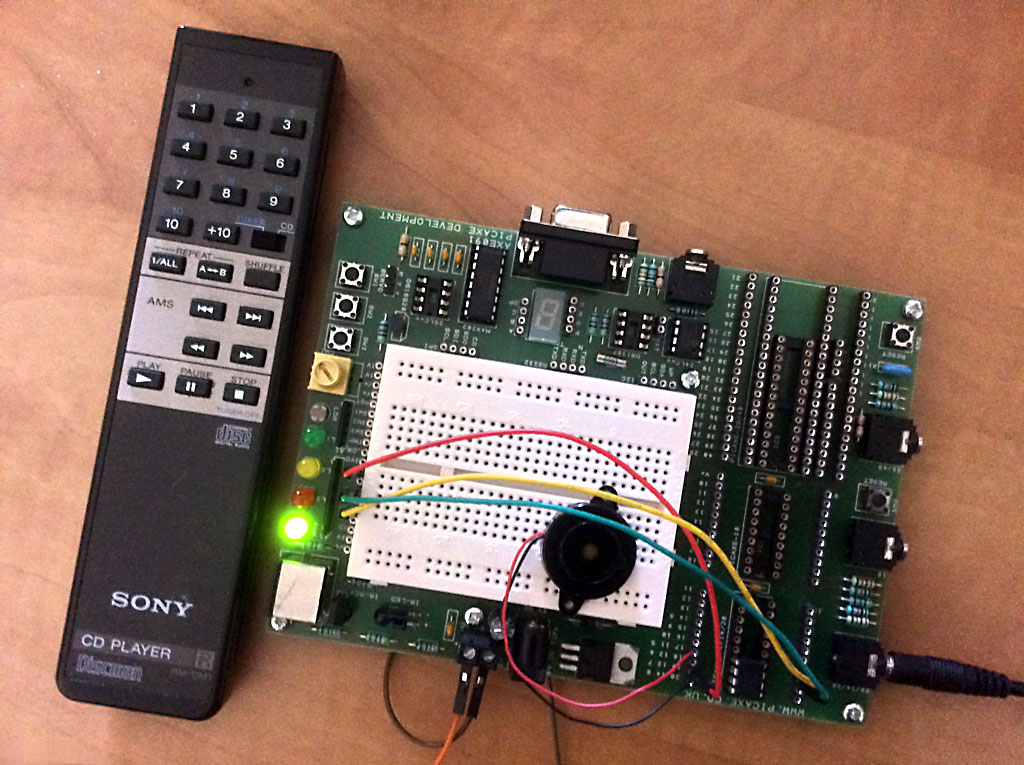
Figure: 33
PICAXE-08M2 Simplified IR (Infrared) Remote Serial Keypad
View more
Figure: 34
PICAXE-08M2 Sequential Multi-Tone(SMT) QRS Hellschreiber and Morse Code ID Generator
View more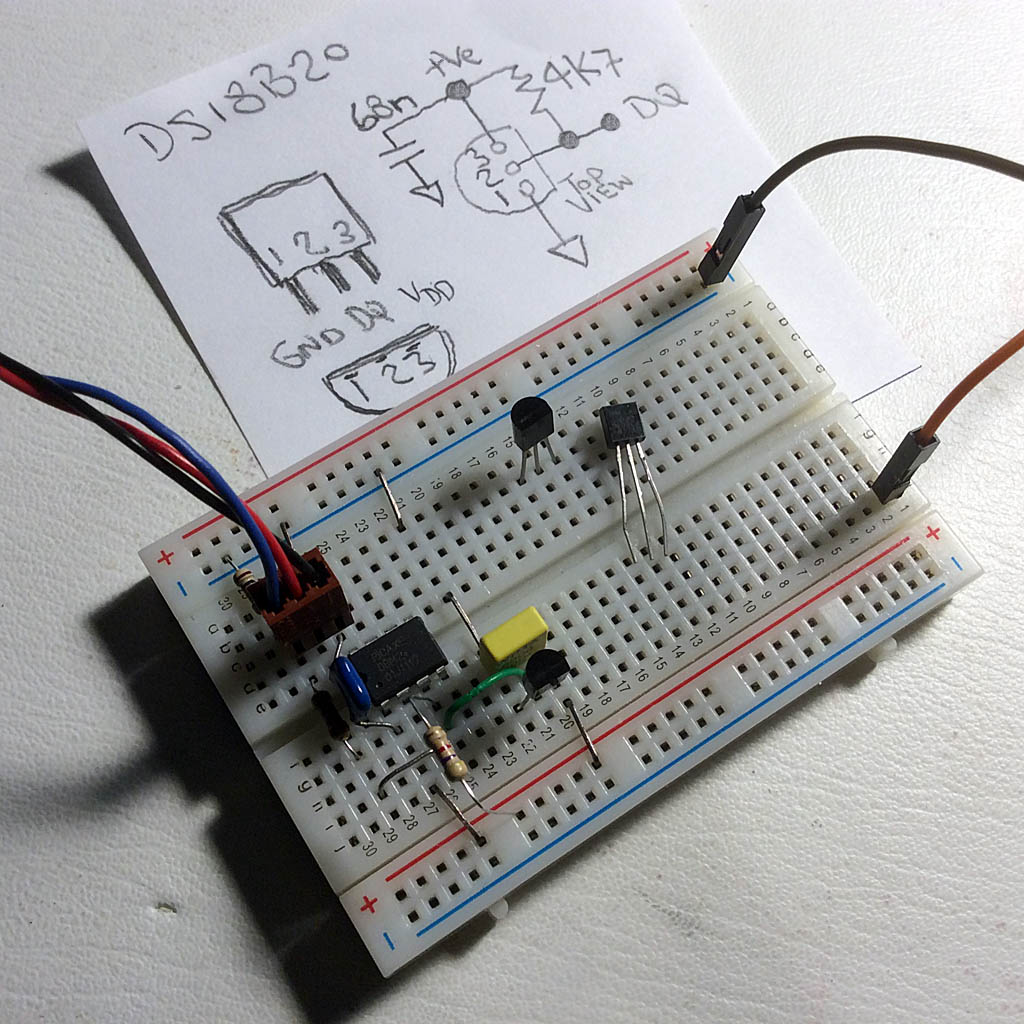
Figure: 36
PICAXE-08M2 Read Temperature from DS18B20
View more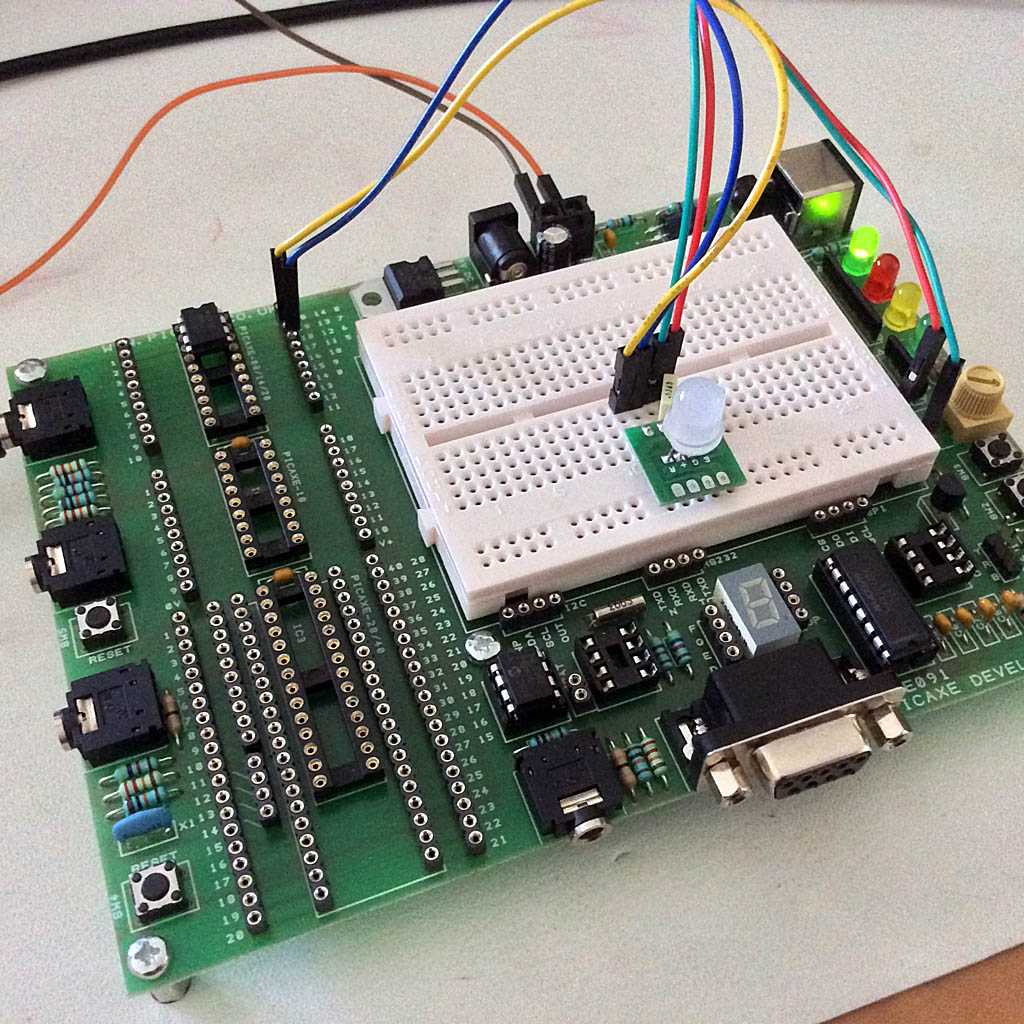
Figure: 37
PICAXE 08M2 Silulated Filament Lamp Flash using a WS2801
View more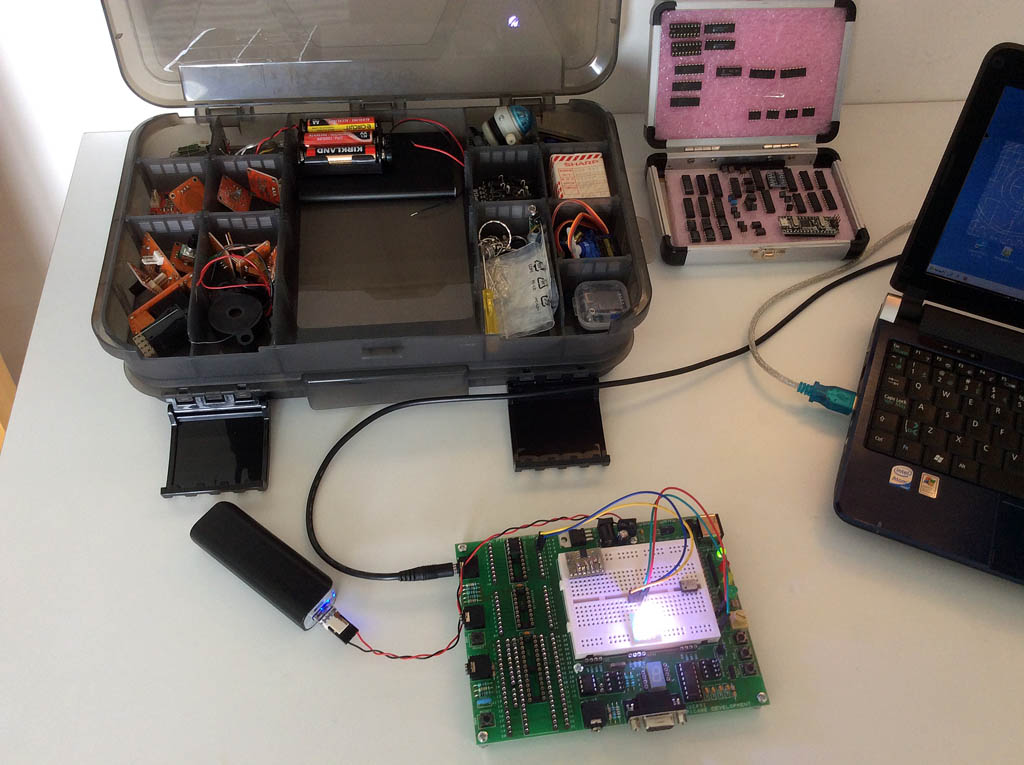
Figure: 39
Microcontroller (MCU) Projects GO Box.
View more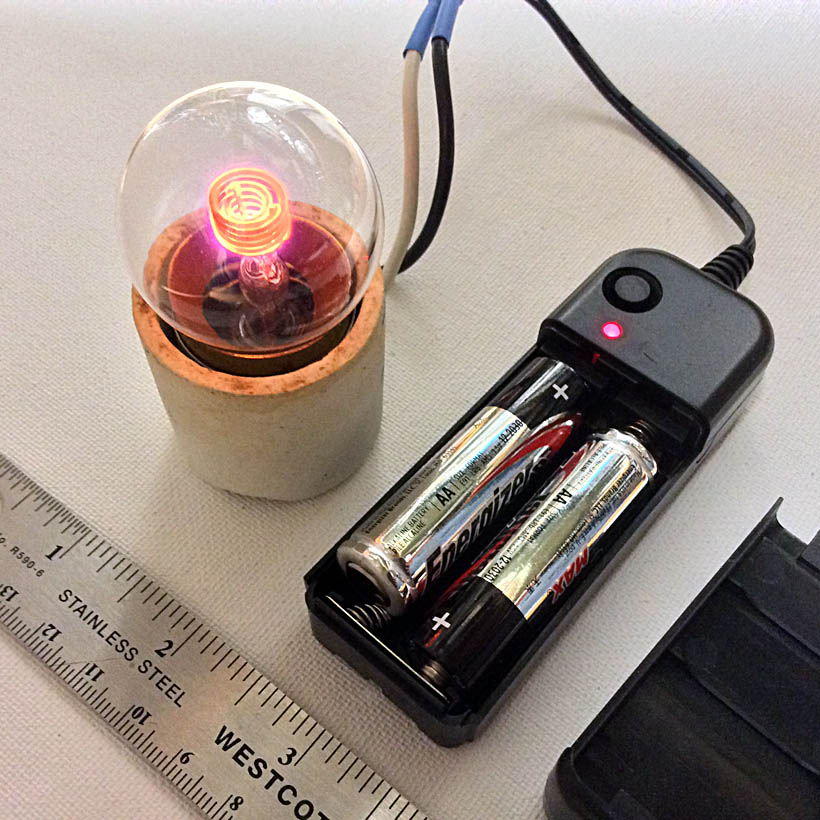
Figure: 40
EL-WIRE Inverter TESTS
View more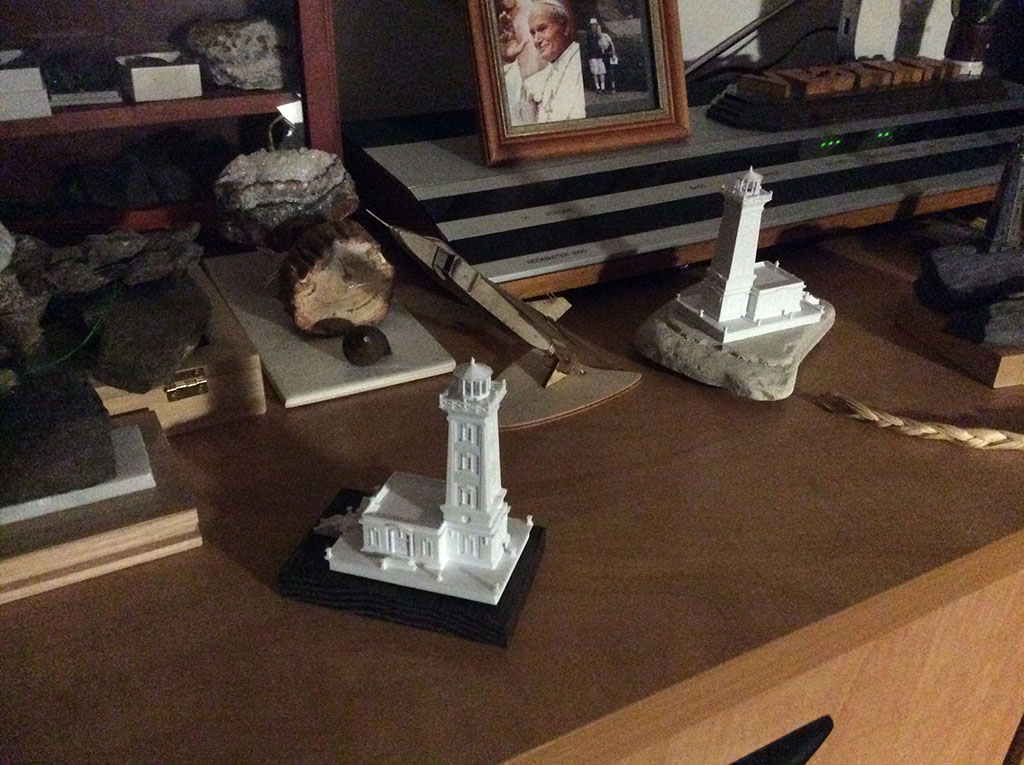
Figure: 41
Point Abino Lighthouse Joule Thief Flasher
View moreThe "Casual HAM" VE3XRM Logbook 20231026
Just started (in 2022-10) my renewed interest in the HF bands. I've never been much of a talker.
Using a newly raised 40 Metre EFHW with homemade 56:1 transformer.
Power supply limits my output to 50-75 Watts PEP.
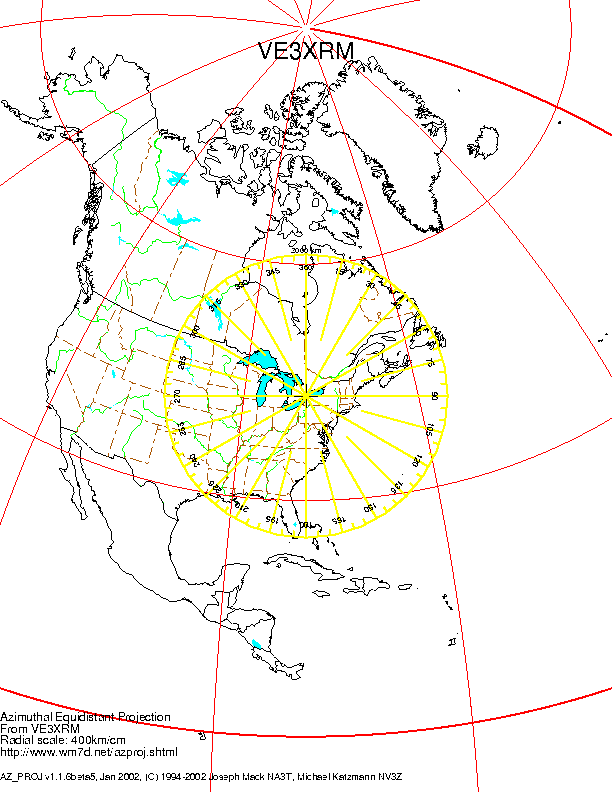
VE3XRM
Azimuthal Equidistant Projection Map at my QTH
VE3XRM
Grayline Map with Sun and Moon position by Universal Coordinated Time (UTC)
The Radio Amateur's Code
The Radio Amateur is
CONSIDERATE...He/[She] never knowingly operates in such a way as to lessen the pleasure of others.
LOYAL...He/[She] offers loyalty, encouragement and support to other amateurs, local clubs, the IARU Radio Society in his/[her] country, through which Amateur Radio in his/[her] country is represented nationally and internationally.
PROGRESSIVE...He/[She] keeps his/[her] station up to date. It is well-built and efficient. His/[Her] operating practice is above reproach.
FRIENDLY...He/[She] operates slowly and patiently when requested; offers friendly advice and counsel to beginners; kind assistance, cooperation and consideration for the interests of others. These are the marks of the amateur spirit.
BALANCED...Radio is a hobby, never interfering with duties owed to family, job, school or community.
PATRIOTIC...His/[Her] station and skills are always ready for service to country and community.
- adapted from the original Amateur's Code, written by Paul M. Segal, W9EEA, in 1928
Old Ham with HT (Handie-Talkie) Crazy about his radios!
